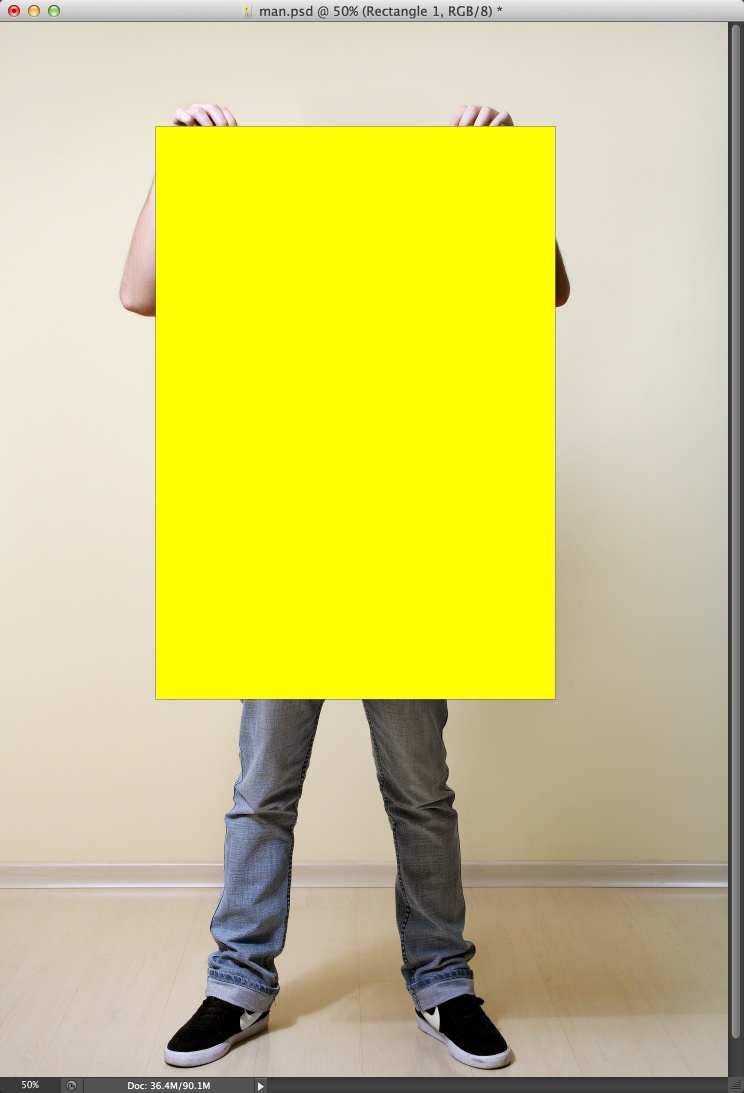Know When to say Yes
By
Simone Subversive
On
03:28
In
professional development
I recently
read a blog post on idealist.org about saying “No” without committing career
suicide. It’s a good read. Check it out.
Today
I want to talk about the opposite side of that coin:
When faced with the chance to say no, weigh your options and see if you have a better reason to say YES.
In a previous job I never had the choice to say yes or no to office social events; company picnics, birthdays, baby showers, and the like. Attendance to all such events was mandatory for those in my department. This came from the VP in charge of my division. For someone like me—who gets wrapped up in interesting design projects and relishes the satisfaction of completing a project then jumping feet-first into the next—these events were painful to endure. Each day that I was encouraged to leave the office early and drink beer with my professional peers was a day wasted.
When faced with the chance to say no, weigh your options and see if you have a better reason to say YES.
In a previous job I never had the choice to say yes or no to office social events; company picnics, birthdays, baby showers, and the like. Attendance to all such events was mandatory for those in my department. This came from the VP in charge of my division. For someone like me—who gets wrapped up in interesting design projects and relishes the satisfaction of completing a project then jumping feet-first into the next—these events were painful to endure. Each day that I was encouraged to leave the office early and drink beer with my professional peers was a day wasted.
Today
my director and team participate in numerous departmental and organization-wide
social activities—including volunteer opportunities that allow the
university community to mix with the larger community where we’re located. At times I’m
encouraged to participate or I’m invited by the big cheese, but rarely is
anything ever mandated. I feel at liberty to pick and choose events, and
ultimately feel good about attending. Plus, it’s a rare occasion where I’m staying
at my desk for hours after quittin’ time trying to make up those lost hours. It’s
liberating.
I
recently had an invitation thrust upon me with almost no notice, and had to
choose whether to take it or pass. The invite came four days before the event.
An industry conference held four states away, days before my birthday. My
first instinct was to pass—my media development duties—as well as creating a
curriculum for the class I teach next semester are all still on my plate, along with working on my house after work and battling insomnia all night long
(yes, I block out time for that too).
Happily,
I took this opportunity to say yes; projects, home, and lack of sleep will
still be there when I return. Making an inconvenient jaunt to New York directly
after work is little sacrifice for what I gain in trade. This conference helps
me develop, grow, and learn about industry trends. It helps me see where we are in relation to
our professional peers in the field. It helps make me a valuable member of the
team. Plus, who knows what higher education
budgets will look like a year from now; this could be a one-time-only
opportunity.















